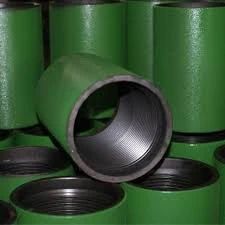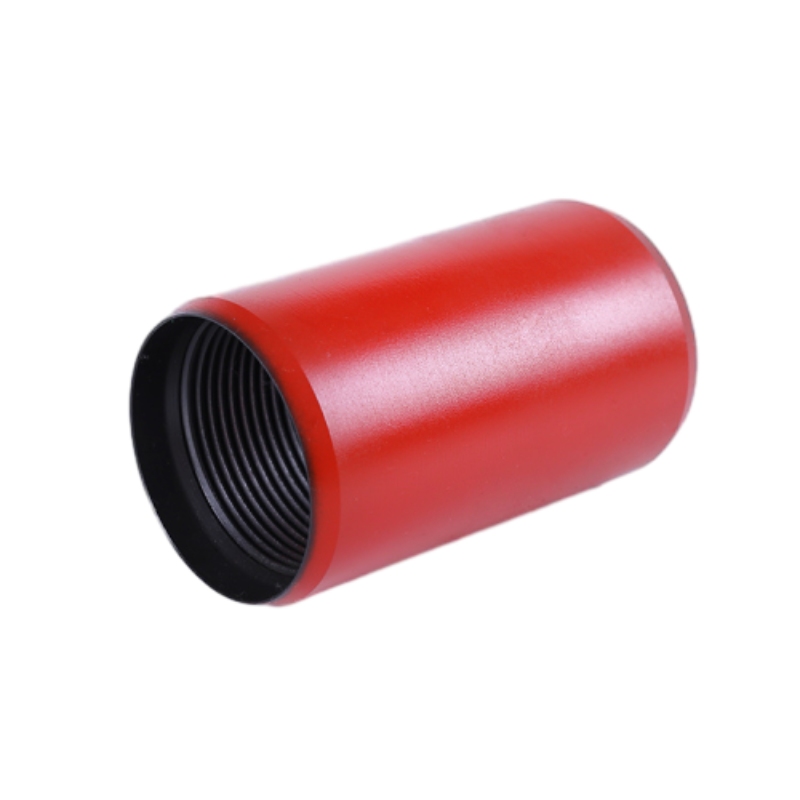- Afrikaans
- Albanian
- Amharic
- Arabic
- Armenian
- Azerbaijani
- Basque
- Belarusian
- Bengali
- Bosnian
- Bulgarian
- Catalan
- Cebuano
- Corsican
- Croatian
- Czech
- Danish
- Dutch
- English
- Esperanto
- Estonian
- Finnish
- French
- Frisian
- Galician
- Georgian
- German
- Greek
- Gujarati
- Haitian Creole
- hausa
- hawaiian
- Hebrew
- Hindi
- Miao
- Hungarian
- Icelandic
- igbo
- Indonesian
- irish
- Italian
- Japanese
- Javanese
- Kannada
- kazakh
- Khmer
- Rwandese
- Korean
- Kurdish
- Kyrgyz
- Lao
- Latin
- Latvian
- Lithuanian
- Luxembourgish
- Macedonian
- Malgashi
- Malay
- Malayalam
- Maltese
- Maori
- Marathi
- Mongolian
- Myanmar
- Nepali
- Norwegian
- Norwegian
- Occitan
- Pashto
- Persian
- Polish
- Portuguese
- Punjabi
- Romanian
- Russian
- Samoan
- Scottish Gaelic
- Serbian
- Sesotho
- Shona
- Sindhi
- Sinhala
- Slovak
- Slovenian
- Somali
- Spanish
- Sundanese
- Swahili
- Swedish
- Tagalog
- Tajik
- Tamil
- Tatar
- Telugu
- Thai
- Turkish
- Turkmen
- Ukrainian
- Urdu
- Uighur
- Uzbek
- Vietnamese
- Welsh
- Bantu
- Yiddish
- Yoruba
- Zulu
Understanding the Distinctions Between Casing and Tubing in Oil and Gas Operations
The Difference Between Casing and Tubing in Oil and Gas Operations
The oil and gas industry relies heavily on the proper installation and functioning of various components within a well to ensure efficient extraction of resources. Two critical components in this process are casing and tubing. Although they may sound similar and perform related functions, they serve distinct purposes within the well structure. Understanding the differences between casing and tubing is essential for anyone involved in drilling operations or the broader energy sector.
Casing The Structural Backbone of the Well
Casing is a series of pipes that are installed in the wellbore after drilling has been completed. Its primary purpose is to provide structural integrity to the well and prevent the walls of the borehole from collapsing under pressure. Casing is typically made from steel and varies in diameter and thickness depending on the depth of the well and the geological conditions encountered.
When a well is drilled, the surrounding rock formations can exert significant pressures that may threaten the integrity of the wellbore. Casing acts as a protective barrier, preventing the influx of water, gas, or other fluids from surrounding formations. Additionally, it isolates different layers of rock and prevents contamination of aquifers. Casing also serves to contain the high pressures that can occur during production, thereby ensuring safe extraction of oil and gas.
The casing process involves several steps, including installing the casing string, securing it with cement, and allowing the cement to set. This cementing process is crucial as it provides a seal that further stabilizes the well and keeps fluids contained to their designated paths.
Tubing The Conduit for Production
Tubing, on the other hand, is a smaller diameter pipe that is installed inside the casing after the well has been completed. Its primary purpose is to transport the oil or gas from the production zone up to the surface. Unlike casing, which provides structural support, tubing serves as the conduit through which hydrocarbons flow. Tubing is designed to withstand the pressures and corrosive effects of the produced fluids, often constructed from materials that resist basic or acidic environments.
what is the difference between casing and tubing?

The installation of tubing involves lowering it into the casing after the well has been drilled and cased. Special equipment, such as pumps and valves, is connected to the tubing to facilitate the extraction of resources. Importantly, the tubing can be removed and replaced as needed without disturbing the casing, which provides a significant advantage in terms of maintenance and access for repairs.
Key Differences Summary
To summarize, the key differences between casing and tubing can be categorized as follows
1. Function Casing provides structural integrity and isolation for the wellbore, whereas tubing is designed specifically for the transportation of oil and gas from the reservoir to the surface.
2. Installation Order Casing is installed first, immediately after drilling, while tubing is installed later, after the well has been cased and completed.
3. Design Casing is thicker and made to withstand external pressures from surrounding formations, while tubing is narrower and tailored to handle the specific pressure and conditions of the fluid being transported.
4. Maintenance Tubing can be removed for maintenance or replacement without affecting the casing, while casing is a permanent installation meant to protect the well throughout its life.
In conclusion, both casing and tubing are crucial for the successful operation of oil and gas wells. Their distinct roles ensure safety, efficiency, and the integrity of the extraction process, highlighting the importance of understanding these components in the energy sector.
-
Tubing Pup Joints: Essential Components for Oil and Gas OperationsNewsJul.10,2025
-
Pup Joints: Essential Components for Reliable Drilling OperationsNewsJul.10,2025
-
Pipe Couplings: Connecting Your World EfficientlyNewsJul.10,2025
-
Mastering Oilfield Operations with Quality Tubing and CasingNewsJul.10,2025
-
High-Quality Casing Couplings for Every NeedNewsJul.10,2025
-
Boost Your Drilling Efficiency with Premium Crossover Tools & Seating NipplesNewsJul.10,2025







